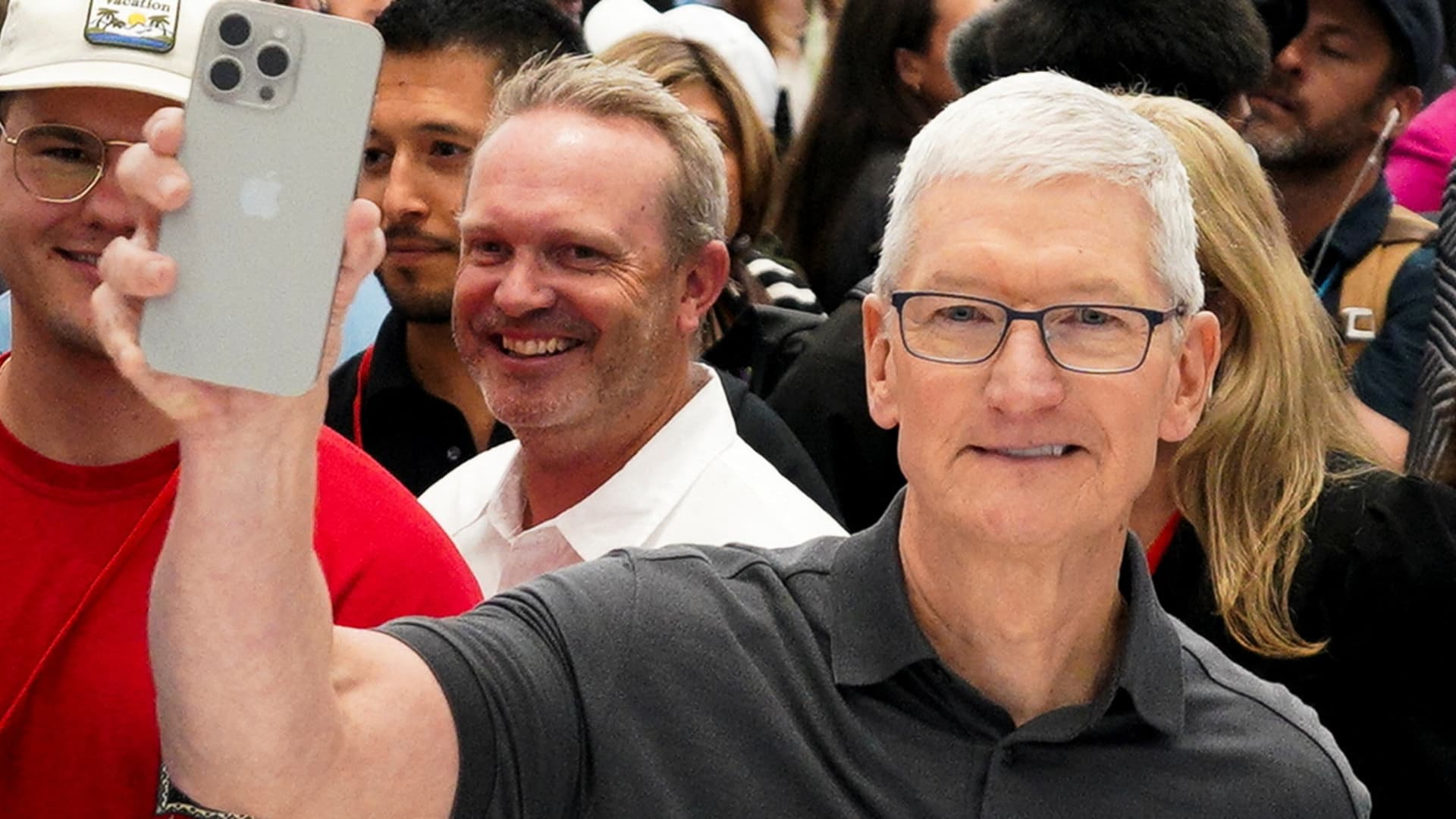As equities soared in 2020 and consumers flocked to trading apps like Robinhood, Apple and Goldman Sachs had been developing an investing feature to facilitate buying and selling stocks, according to three anonymous sources. The project was put on hold last year due to market downturns, the sources said. This previously unreported effort would have expanded Apple’s financial product offerings with support from Goldman Sachs. In 2019, Apple and the Wall Street bank collaborated to introduce a credit card, followed by the addition of buy now, pay later loans and a high-yield savings account. Apple recently disclosed that user deposits in the savings account have exceeded $10 billion.
Representatives from Apple and Goldman Sachs declined to comment on the matter. During the Covid pandemic, when interest rates were at an all-time low and people were spending more time at home, consumers increasingly turned to trading shares, including meme stocks like GameStop and AMC, through smartphone apps. According to two sources, Apple initiated discussions with Goldman Sachs during this investing frenzy in 2020, with plans for the investing feature to launch in 2022. One suggested use case was enabling iPhone users to invest in Apple shares with spare cash.
However, as market conditions became volatile due to rising interest rates and inflation, the Apple team became concerned about potential negative user experiences if individuals lost money in the stock market using an Apple product. As a result, Apple and Goldman Sachs changed their focus and decided to launch savings accounts instead, which benefit from higher rates. The current status of the stock-trading project remains uncertain following Goldman CEO David Solomon’s decision to scale back the bank’s consumer efforts in response to internal and external pressures. Nonetheless, one source revealed that the infrastructure for the investing feature is largely complete and ready for implementation if Apple decides to proceed.
The launch of the Apple Card three years ago generated significant excitement, but regulatory challenges and losses arose as the user base expanded. Earlier this year, Goldman Sachs introduced a high-interest savings account for Apple Card users, offering a 4.15% annual percentage yield. Goldman Sachs also played a central role in Apple’s buy now, pay later offering called Apple Pay Later, allowing users to split purchases into four payments over six weeks without interest or fees for amounts ranging from $50 to $100. Before shifting away from retail banking, Goldman Sachs explored ways to strengthen its partnership with Apple, including discussions to transfer both the card and savings account to American Express.
If plans for the trading app had progressed, Apple would have entered a competitive market that includes Robinhood, SoFi, Square’s Block, as well as established brokerage firms like Charles Schwab and Morgan Stanley’s E-Trade. Stock trading has become a means for financial companies to retain customers and increase engagement on their platforms, and Apple was following a similar strategy, according to one source. Regulators, who have scrutinized Apple for its App Store practices, may take an interest in this move. Regulators have also questioned Robinhood’s approach, accusing it of “gamifying” the markets.
Other tech companies have also made inroads into the stock trading space. Elon Musk’s X (formerly Twitter) is collaborating with eToro to enable users to purchase stocks and cryptocurrencies. PayPal had plans to introduce stock trading after hiring a key industry executive in 2021, but later abandoned those plans, opting instead to cut spending and refocus on its core e-commerce business.
WATCH: Goldman’s Apple Card faces mounting credit losses
Denial of responsibility! Vigour Times is an automatic aggregator of Global media. In each content, the hyperlink to the primary source is specified. All trademarks belong to their rightful owners, and all materials to their authors. For any complaint, please reach us at – [email protected]. We will take necessary action within 24 hours.


